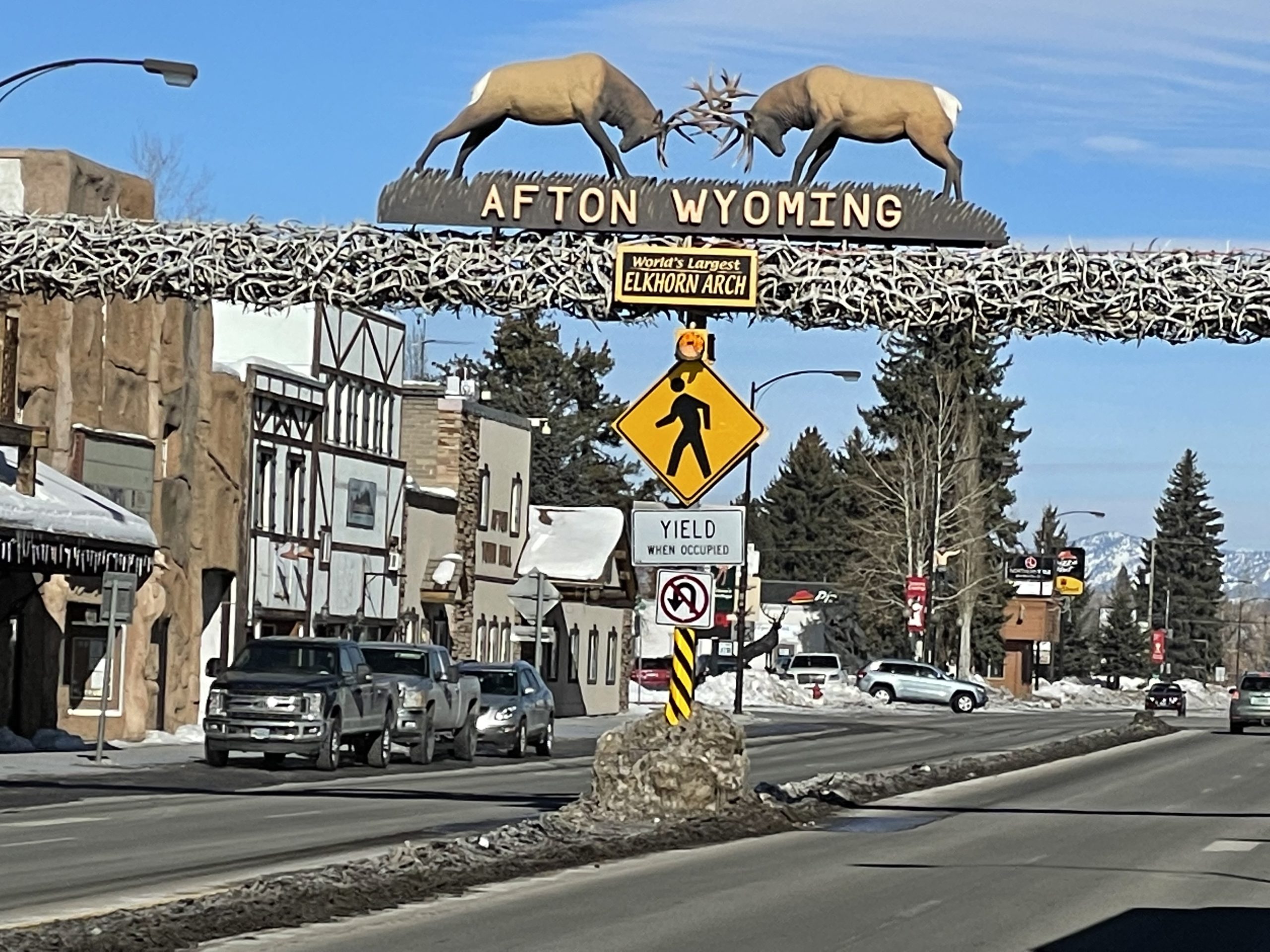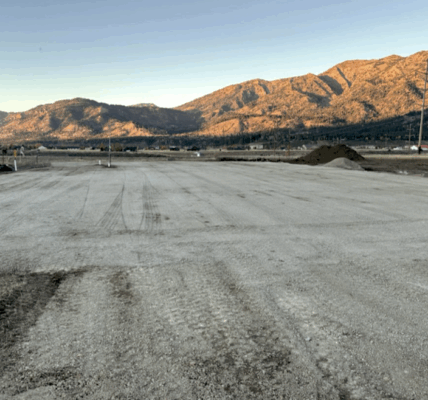
By Jonathan Make
Wyoming Tribune Eagle
Via- Wyoming News Exchange
CHEYENNE – Like many things in life, measuring the breadth of the state of the economy in Wyoming and in its Capital City is no easy matter. Particularly these days.
Things have mostly been steadily improving from some of the greatest economic disruptions brought on by the early days of the COVID-19 pandemic, with public health precautions that led some to curtail everyday activities. Both here in Laramie County and in our state as a whole, the business-activity comeback remains a work in progress.
This is the takeaway from a review of the latest state and industry statistics and from interviews by the Wyoming Tribune Eagle in the past week.
Generally, these figures and interviews show, many industries are far along in their return to pre-pandemic good times. Employment, revenue and other figures indicate that jobs are plentiful and business is fairly strong in most industries.
However, the energy sector, the biggest industry in Wyoming, has a longer way to go before its comeback is complete.
Wyoming’s unemployment rate this past March was a seasonally adjusted 3.4%, even lower than the 3.6% for the U.S. as a whole, according to a report Wednesday from the Economic Analysis Division of the Wyoming Department of Administration and Information.
Showing the general strength of economic activity in our state, sales and use tax collections rose 22% this April from the same month last year to a total of $67.7 million, according to Dylan Bainer, the Economic Analysis Division’s principal economist.
The subtleties of understanding the state of the economy in the Equality State were illustrated in just a single paragraph of Bainer’s written synopsis of this Economic Analysis Division’s report: “Relative to February 2020 (before the pandemic hit the labor market in March 2020), total employment has still not fully recovered from the pandemic, primarily due to slow recovery in the mining industry [which includes much of the energy sector]. Compared to February 2020, total employment is down 5,300 jobs, while employment in the mining sector is down 4,700 jobs.
“Meanwhile, other industries, such as retail trade and professional and business services, have more jobs than they did in February 2020. The construction and leisure and hospitality industries have roughly returned to their pre-COVID levels of employment.”
In other words, according to experts, it may take the energy sector longer to recover than for other industries in Wyoming.
“Most of the economy is seeming to be recovered from the pandemic, but the energy sector seems to be lagging behind a little bit,” the economist said by phone. It is “getting pretty close to pre-pandemic levels” for “all the other industries in terms of employment.”
The picture for energy and the economy as a whole gets more complicated when you consider surging prices for natural gas, the regular unleaded gasoline that you put into your vehicle and diesel fuel used by truckers.
Even as many Americans and Wyomingites are feeling the financial pain at gas stations, rising prices correspond with an increase in energy activity in our state.
There were some 7,900 Wyoming oil and gas workers in March, up more than 10% from a year earlier. That has not translated into a return of all of the jobs in the sector that were lost earlier in the public health crisis.
“Those jobs are still slow to come back,” Bainer noted.
One way to measure the strength of oil and gas activity is to count active drilling rigs. There were an average of 15 active oil rigs in Wyoming during the month of April, with another three for “conventional gas.” That is a significant improvement over six and one, respectively, in April 2021.
This is a far cry from the zenith. In figures dating back about 11 years, the highest number of active oil rigs in Wyoming was 40, which last occurred in November 2014, according to Bainer.
For gas, it was 35 in November 2011.
“We’re definitely not fully recovered yet. There are definitely positive signs, but it definitely is still a suppressed industry,” said Ryan McConnaughey, the Petroleum Association of Wyoming’s vice president and director of communications. “A lot of that has to do with some of the issues we are seeing play out across many industries, including the workforce supply crunch, the supply chain issues” such as difficulties getting steel pipe, “and just the fact that a lot of companies are having problems getting access to drilling rigs.”
Because tourism and related activities are the No. 2 industry in our state, and because the price of a gallon of gas can affect whether tourists will drive here, such costs bear watching.
One difference from the past is that now, there is thought to be a lot of pent-up demand to travel due to people previously staying close to home. Such demand is observed in the prices of things like plane tickets, and economists say it is one factor contributing to gas prices hitting new records.
Experts also point to Russia’s war in Ukraine.
“Despite the higher gas prices, AAA still expects a busy year for road travel,” wrote spokesperson John Treanor by email. He noted that a past survey by the group found that people responded that prices at $4 would not much dent their driving.
“Demand for fuel is high, which has contributed to higher prices at the pump,” Treanor said Thursday.
Gas is more expensive than ever, according to the AAA motorists association and others. It was $4.42 Thursday for a regular gallon of unleaded gas, on average, across the country. It was $4.23 in Wyoming, and several pennies less here in Laramie County.
Prices could keep rising, at least for a time.
“Liquid fuels have turned into liquid gold, with prices for gasoline and diesel spiraling out of control with little power to harness them as the imbalance between supply and demand globally continues to widen with each passing day,” wrote Patrick De Haan, head of petroleum analysis at the GasBuddy price comparison service. “There’s little, if any, good news about fuel prices heading into summer.”
At Little America in Cheyenne and at other local businesses, this has not been translating into canceled trips, said the resort’s general manager, Tony O’Brien. Nor has it dampened trips to the property’s gas station, he noted.
“Even with high prices, we really haven’t seen less gallons sold,” he said.
Unabated consumer demand for travel should make for a strong summer tourism season, O’Brien said, noting he was not speaking for any of the tourism boards of which he is a member.
“It’s certainly been a strong start to the year, and we’re anticipating a steady summer, similar to last year,” O’Brien said. “We’re a little bit bullish for being ahead of last year for the summer months. I think the travel will be strong.”
He cited the 150th anniversary of Yellowstone National Park as among things drawing visitors to our state.
It is also more expensive to live here, noted O’Brien and others. Recently released statistics from the state and other sources show that prices to buy a home or to rent somewhere to live have been gaining.
This past week’s state report shows that more than 500 single-family residential building permits were approved in Wyoming in 2022’s first three months. That compares to 408 in the first quarter of 2021 and 267 for that same period in 2020. The latest figure set a record, at least dating back to 2010, according to Bainer.
“The 542 single family housing units permitted through the end of March 2022 is quite a bit above average,” he said.
Such brisk demand for housing has translated into rising prices in our city, our county and in the state overall.
In the portion of Laramie County that is outside the city of Cheyenne, for instance, homes, on average, have been above the half-a-million-dollar mark for their selling prices.
Factors like inflation have prompted employers to raise what they pay, businesses and experts say.
“I think that everybody has raised their wages, including us,” said Little America’s O’Brien.
He noted that, in such a competitive market for finding employees, it’s important to have a workplace that itself attracts and retains staff, what he called a good work environment and culture. This, along with a slightly better market for those doing the hiring compared with the height of resignations last year, has helped, he said.
“We’re still looking for people and it’s challenging, but many businesses have at least built up staff levels to a point that we’re not bleeding out every day,” he said.
A locally-based business, Taco John’s, also has been raising pay, making sure its benefits are attractive and trying to be a place where people want to work.
The restaurant, drive-through/pickup and food delivery-app restaurant chain is “providing a fun and fulfilling work environment,” said Chief Marketing Officer Barry Westrum.
“Wage-rate escalation has really gone on for over a year now. As businesses reopened, you just had this gap in terms of the number of employees available” versus what employers needed, and “it’s all across retail,” Westrum said by phone from Minneapolis, where the company has opened a satellite office as part of growth plans. “We’ve been wrestling with it,” and “it’s really putting the employee in the driver’s seat.”
Like other businesses, not to mention consumers, the chain is dealing with higher food prices. Increasing commodity costs for things like cheese and meat means that “we keep a very close eye on the price increases we need to take in order to cover the increased costs, but also to make sure our consumer is willing and able to pay,” Westrum said Friday. “So far, we think we’re doing a good job at it. But we believe that this situation isn’t going away anytime soon.
“Whether you’re McDonald’s or Taco Bell or Burger King or the like, everybody seems to be saying the same thing. The conditions we’re seeing in the economy and in our business are (largely) not geographic,” the executive said. “The consumer concern with inflation and particularly lower-income consumers is affecting traffic in our industry.”
This has translated into some consumers who earn less cutting back on purchases, even as drive-through traffic booms.
Total revenue at Taco John’s has been hitting records, and it is expanding into additional Western states like Arizona, Texas and Utah and moving into the eastern U.S.
As Westrum put it, “Value and convenience, I think that consumers have rediscovered that.”





